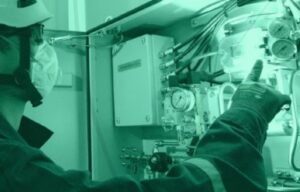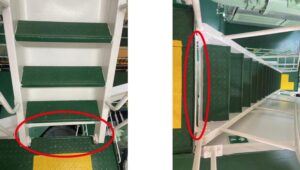
The Maritime Technologies Forum (MTF) has revealed new guidelines for conducting alternative qualitative fuel risk assessments for alternative fuelled ships: HAZID and HAZOP.
The use of alternative fuels will be key to addressing the 2023 IMO Strategy on Reduction of GHG Emissions from Ships. While IMO has developed guidelines for design and operation of ships capable of using them, the Alternative Design and Approval process is required for most alternative fuels until mandatory regulations are in place. Continue reading “MTF issues guidelines on alternative qualitative fuel risk assessments”


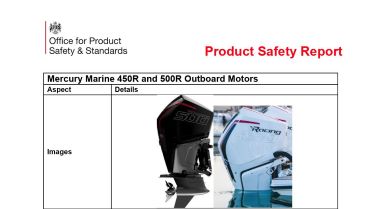
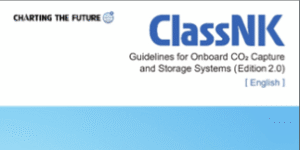
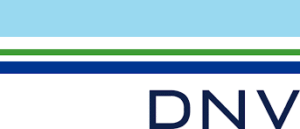
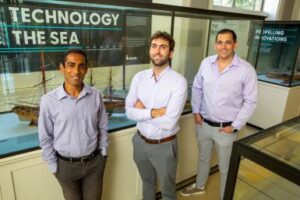
 The Chemical Distribution Institute (CDI), International Chamber of Shipping (ICS), Oil Companies International Marine Forum (OCIMF) and the Society of International Gas Tanker and Terminal Operators (SIGTTO) have released the second edition of ‘Ship to Ship Transfer Guide for Petroleum, Chemicals and Liquefied Gases’.
The Chemical Distribution Institute (CDI), International Chamber of Shipping (ICS), Oil Companies International Marine Forum (OCIMF) and the Society of International Gas Tanker and Terminal Operators (SIGTTO) have released the second edition of ‘Ship to Ship Transfer Guide for Petroleum, Chemicals and Liquefied Gases’.
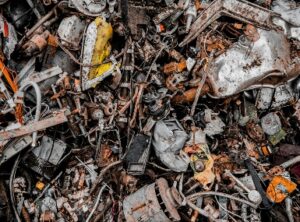 NorthStandard P&I Club has issued guidance on the rising fire risks associated with scrap metal cargoes, particularly those coming from East Coast USA and Ghent, Belgium. They highlight the need for strict vigilance.
NorthStandard P&I Club has issued guidance on the rising fire risks associated with scrap metal cargoes, particularly those coming from East Coast USA and Ghent, Belgium. They highlight the need for strict vigilance.